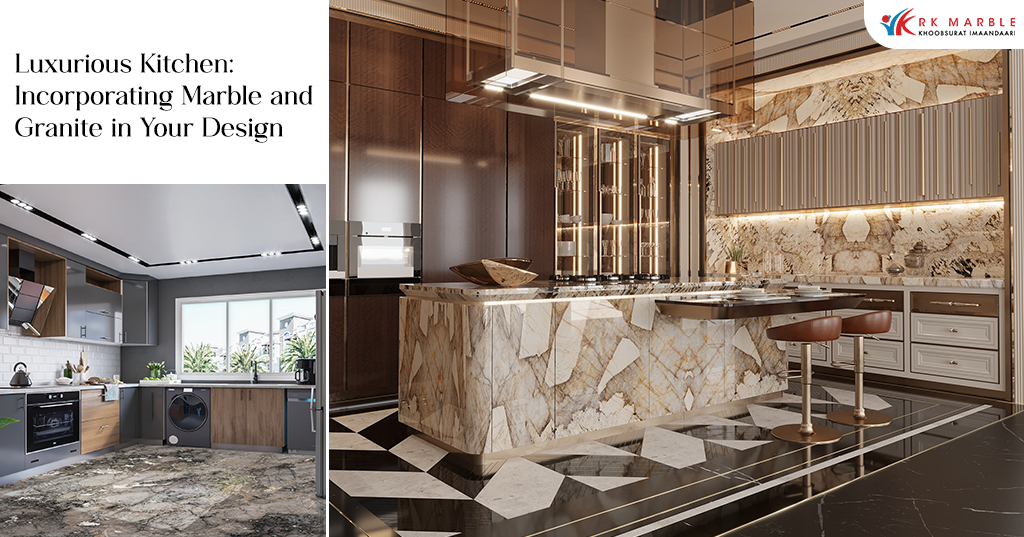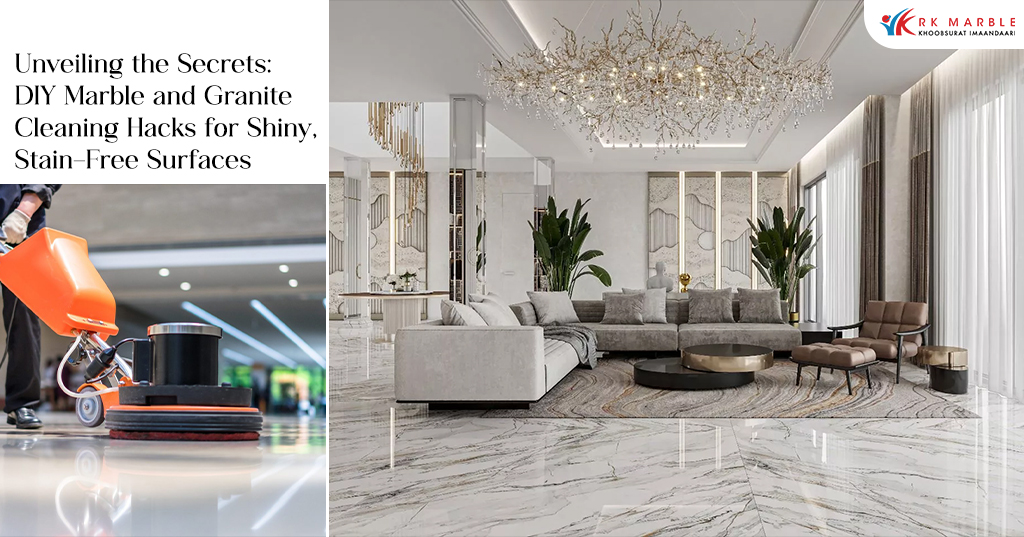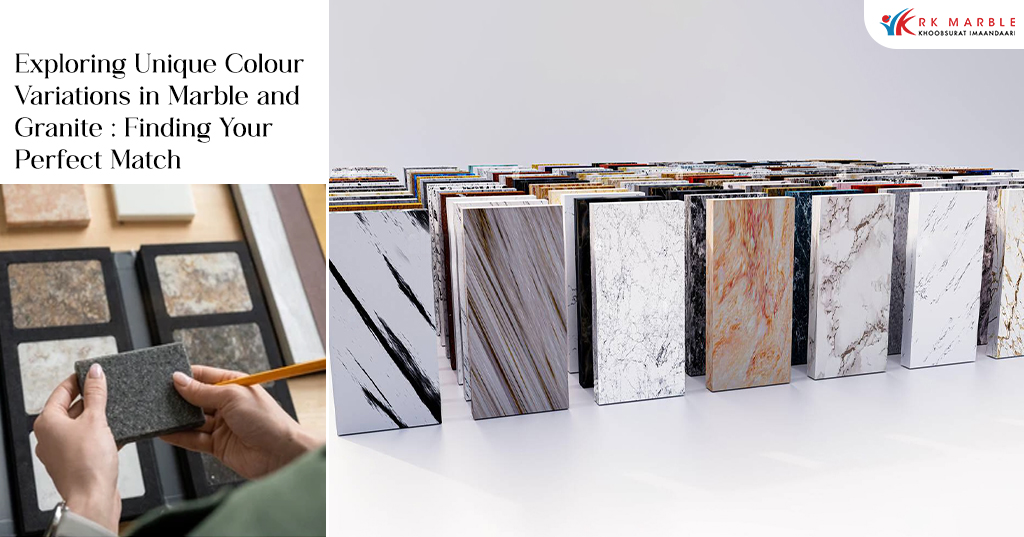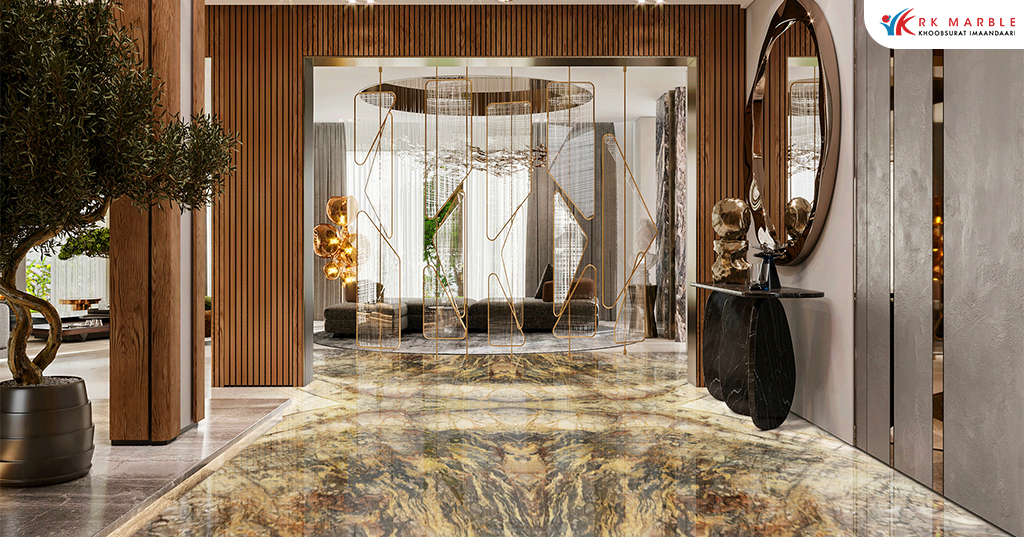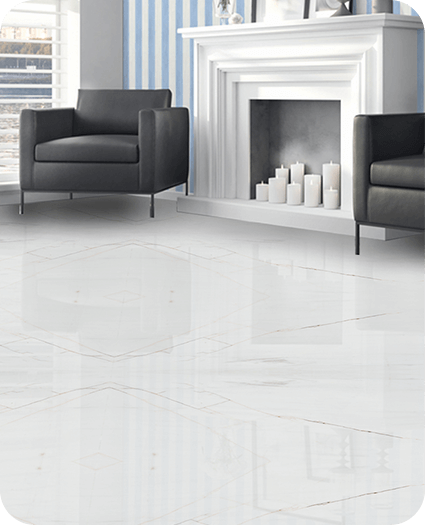
Do you want to know which material is suitable for flooring or kitchen countertops? What is preferred for bathrooms? Which stone is good for cladding? The two popular choices that spring up while discussing such questions are marble and granite.
Both marble and granite are naturally found stone materials that are quarried from mountains. Although they have some basic similarities, they have significant differences as well. Here, we have dissected both the options down to every detail you need to know before buying marble or granie.
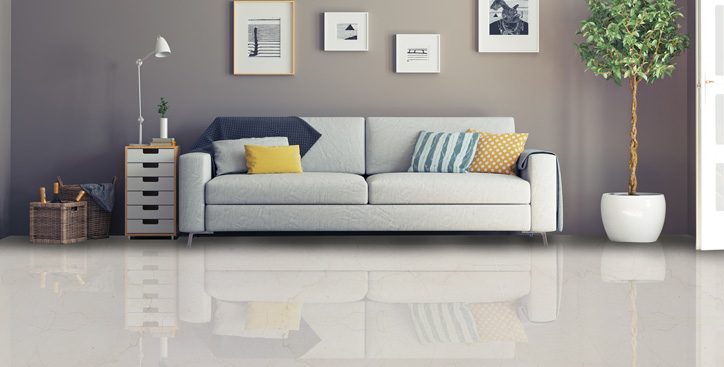
Botticino Crema: Redefine luxury and sophistication with premium marble flooring in your home
What’s the difference between marble and granite?
Composition and characteristics
What is granite?
Granite is an igneous rock that consists mainly of Feldspar and Quartz, both of which are very hard minerals. Another type of rock, Quartzite, which comprises almost wholly of Quartz – albeit harder than other natural stones, is also commercially available in the same category as granites.
Granite colour variations generally appear as flecking throughout the stone.
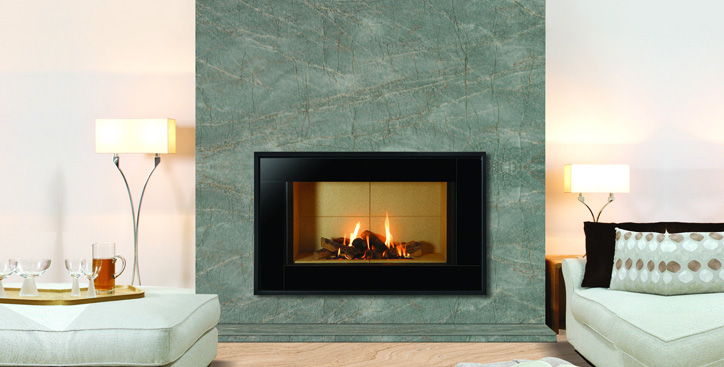
Emerald Quartzite: Add a pop of colour and character to your interiors.
What is marble?
Marble is a metamorphic stone as it is created by the transformation of sedimentary rocks under intense heat and pressure. This process incorporates other minerals into the marble that give the stone attractive colours and patterns.
Marble mainly consists of Calcium Carbonate which is much softer than the components of granite. Some marble varieties may have silica that lends better gloss, such as in Michael Angelo.
The wide range of aesthetic marble stems from colourful veins of minerals that swirl and dance through the stone.
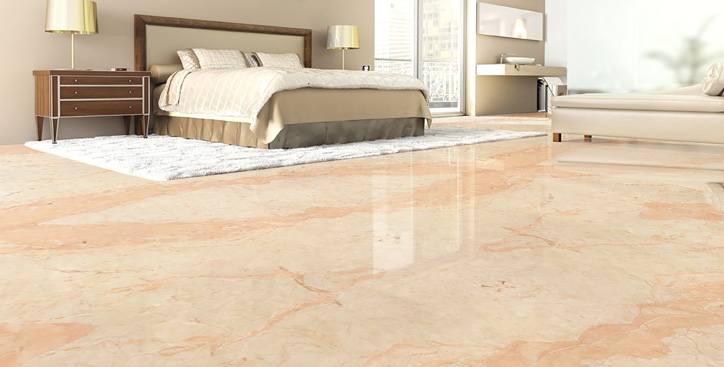
Rosso Statuario: Unconventional is the convention with exquisite marble varieties at R K Marble
Hardness and application
Granite has a hardness of 6 to 7.5 on the Mohs scale. It easily resists scratches and damage from heat, making it an ideal material for kitchen counters both inside the home and outside. Granite counters and backsplashes do not easily scuff or discolour from everyday household activities.
On the other hand, marble has a hardness of 3 to 5 on the Mohs scale. Marble lacks the hardness of granite and it may suffer damage from common kitchen tasks such as cutting. Contact with hot pans and dishes on a regular basis may also damage marble. As a surface, marble is a more suitable choice for low-traffic spots such as flooring, bathrooms, highlight walls and decorative accents.
Durability and maintenance
Since both are natural stones, both are durable as long as they are maintained well. Of course, marble needs more maintenance as it requires you to reapply sealant and polish every year or so to maintain its lustre. On the other hand, you only need to maintain granite every three years or so. Both of these materials will easily last for decades with proper care.
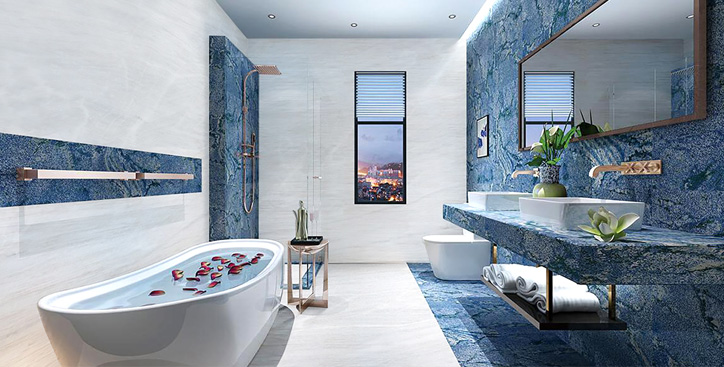
Blue Bahia: Keep it cool and chic forever with this exotic granite
Thickness and polish
Imported granite is available pre-polished while marble is always polished after installation. Moreover, granite is available in 10mm and 20mm thickness whereas marble is available in 16mm, 18mm and even 20mm thickness (premium exotic varieties) in India.
Which is better: Marble or Granite?
Both marble and granite have their own merits. So there’s no right answer to which one is better. There is no end to the variety of hues, finishes and artistic appeal that both marble and granite draw. You can even bend the rules, mix and match the different types of natural stones to create stellar, unique interiors.
What matters at the end of the day is you choose the natural stone that speaks to you – the one that will make your house a home.

